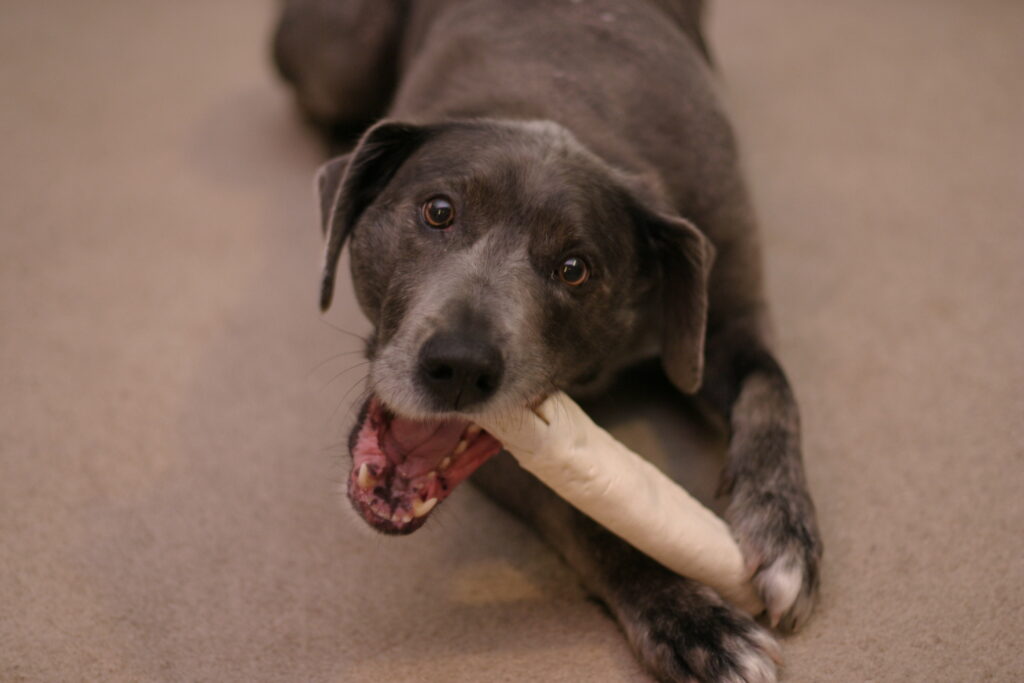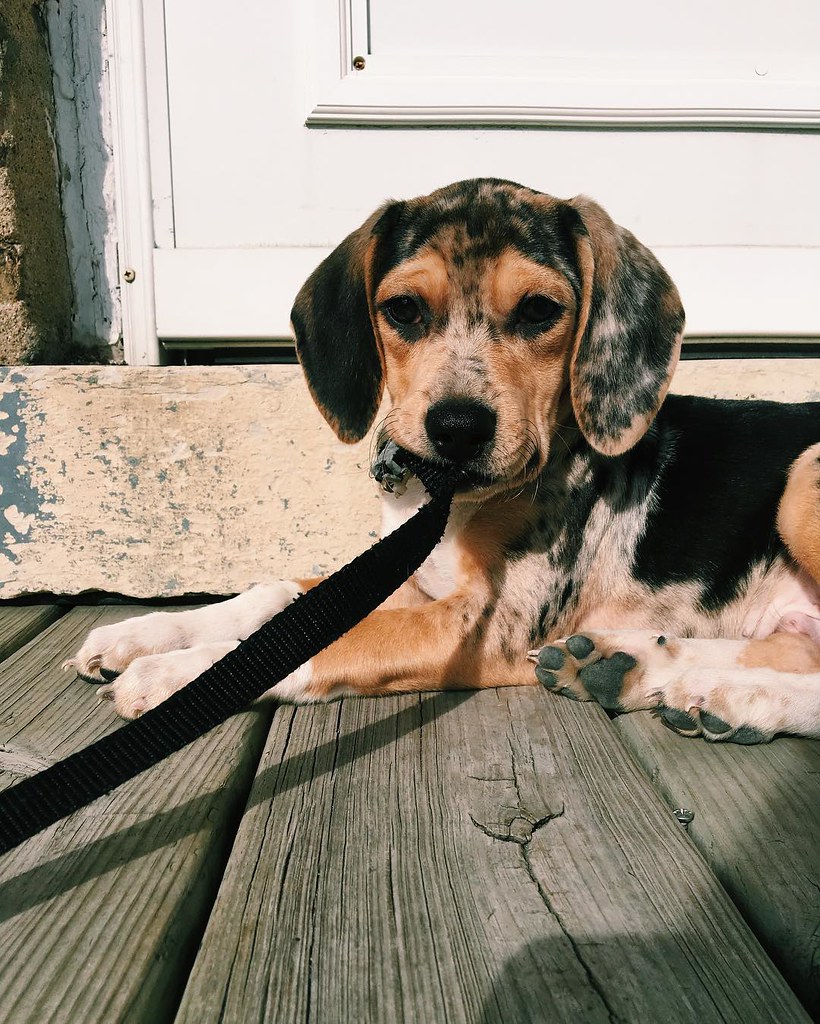Bringing home a new puppy is an exhilarating experience filled with joy and anticipation. However, along with the cuteness and endless puppy kisses, you might encounter a common challenge: those sharp little teeth. Puppies explore the world with their mouths, and that means they often resort to nipping and biting. Don’t worry; it’s a phase that can be managed with love, patience, and effective training. In this guide, we’ll show you how to train your puppy not to bite and have a well-behaved, gentle companion in no time.
Understanding Puppy Biting
Puppies usually begin biting for various reasons, and it’s crucial to understand why they do it. This comprehension is the first step towards successful training. Here are some common reasons behind puppy biting:
- Teething: Just like babies, puppies go through teething. Biting helps alleviate the discomfort of sore gums.
- Exploration: Puppies learn about their environment and everything in it through their mouths. This is their way of interacting with the world around them.
- Play: Playful nipping is often their way of engaging with their owners or littermates.
- Attention-seeking: If a puppy learns that biting gets them attention, they might continue doing it.
By the way – if you’re looking for a comprehensive dog training program to dive into the fundamentals of dog training, I highly recommend Adrienne Farricelli’s “Brain Training For Dogs” program. She really understands the psychology behind dog behavior and is a pro at what she does.
Teach Bite Inhibition
Bite inhibition is an essential skill for dogs. It’s their ability to control the force of their bite. Puppies often learn bite inhibition from their littermates when playing. When one puppy bites too hard, the other yelps, and play stops momentarily. Over time, this teaches the biting puppy to be gentler.
You can use the same principle when training your puppy not to bite. Here’s how:
- Yelp and Withdraw: When your puppy bites too hard, let out a high-pitched yelp, similar to what a fellow puppy would do. This sound helps them understand they’ve hurt you. Simultaneously, withdraw your hand or whatever they were biting. This teaches them that painful bites lead to the end of play.
- Time-Out: If yelping doesn’t work or if your puppy gets overly excited and continues biting, consider a short time-out. Gently place them in a playpen or a quiet room, so they understand that their biting behavior results in being removed from the fun.
Provide Chew Toys
As your puppy explores the world with their mouth, it’s essential to offer appropriate items for them to chew on. Chew toys are fantastic for teething puppies as they relieve discomfort and provide an outlet for chewing.
Make sure to have a variety of chew toys available. Some can be filled with treats to keep your puppy engaged, while others can be used for play. Remember to rotate the toys to keep their interest. Amazon has some great options available here!

Socialize Your Puppy
Socialization is a critical part of your puppy’s development. It exposes them to various people, animals, and environments, which helps reduce their fear and anxiety. This, in turn, can help decrease aggressive behaviors, including biting.
Enroll your puppy in a socialization class, take them to the park, or introduce them to friends and family. Positive interactions with others will teach them how to behave in different situations.
Use Positive Reinforcement
Positive reinforcement is a powerful tool in training your puppy not to bite. When your puppy shows good behavior by not biting, reward them with praise, treats, or affection. They’ll quickly learn that not biting leads to positive outcomes.
Be consistent and patient in your training efforts. Your puppy won’t learn overnight, so persistence is key.

Consult a Professional Trainer
If your puppy’s biting behavior becomes too difficult to manage, don’t hesitate to consult a professional dog trainer or behaviorist. They can provide tailored advice and guidance to address your puppy’s specific needs.
At DailyDogTraining.com we recommend Adrienne Farricelli’s dog training guide, its what Carter & I used to train our two pups!
Training your puppy not to bite is a process that requires love, understanding, and patience. By using positive reinforcement, teaching bite inhibition, and providing proper socialization, you can help your furry friend become a gentle and well-behaved companion. It’s a journey that strengthens the bond between you and your puppy, ensuring many years of happiness together. So, embrace the training process with a smile, and you’ll soon enjoy a bite-free friendship with your beloved pup.
Remember, “training your puppy not to bite” is a fun and rewarding adventure that results in a loving, gentle, and well-behaved furry family member.

